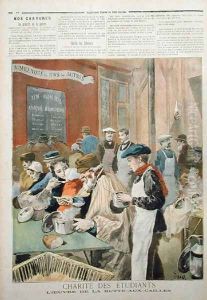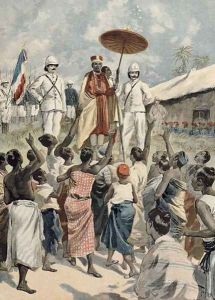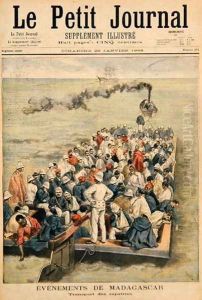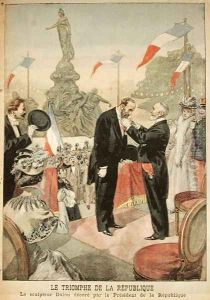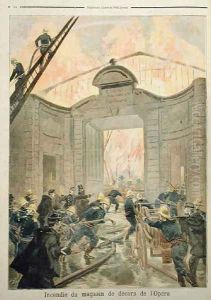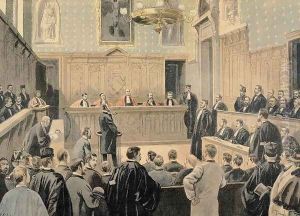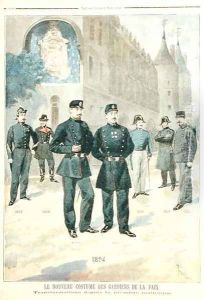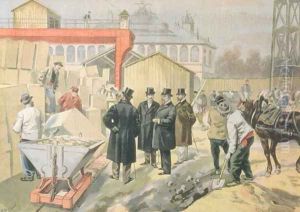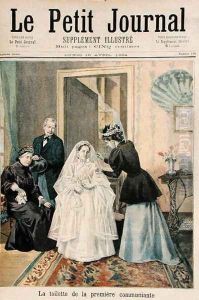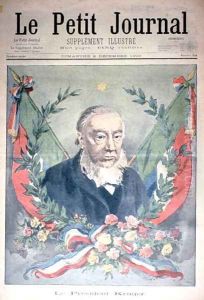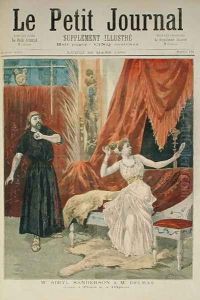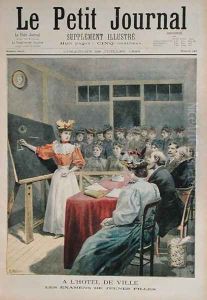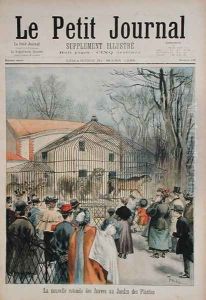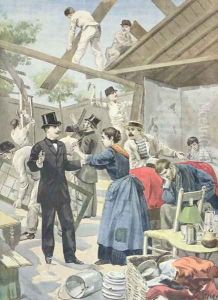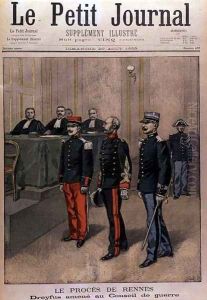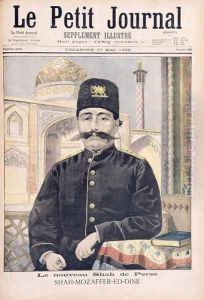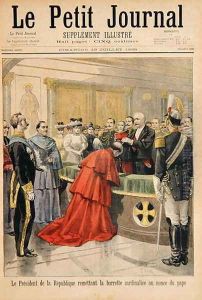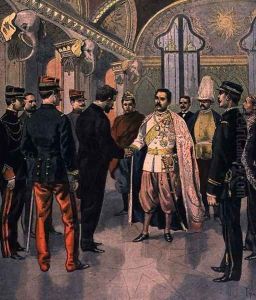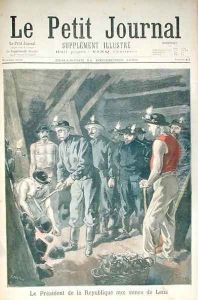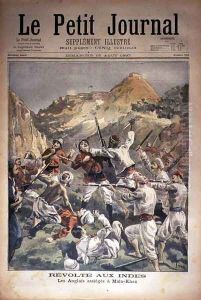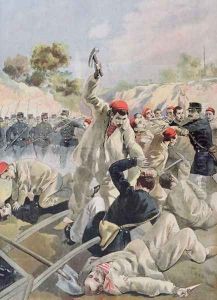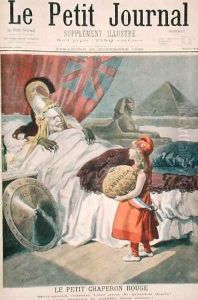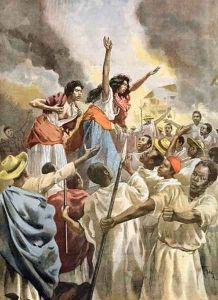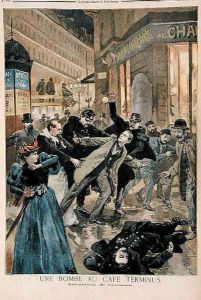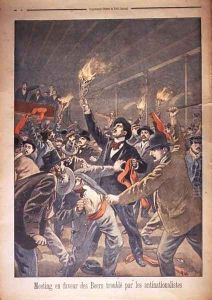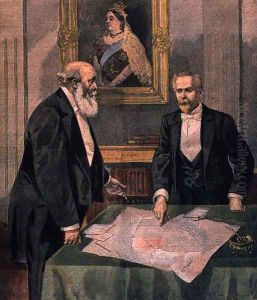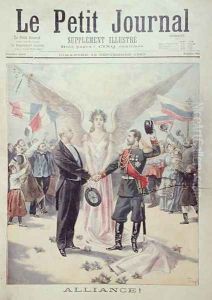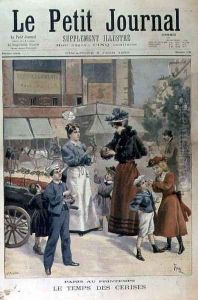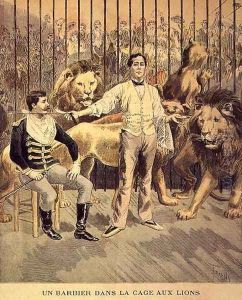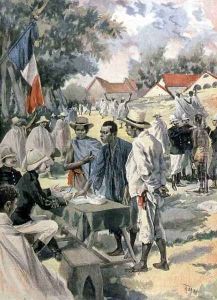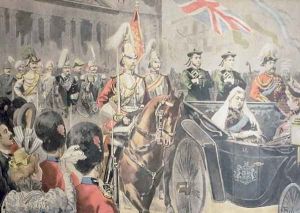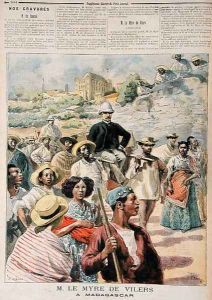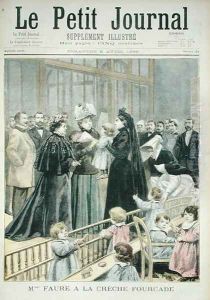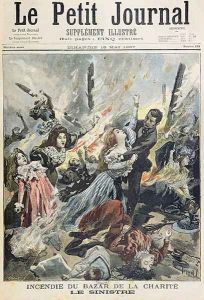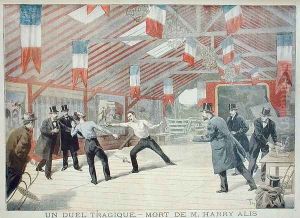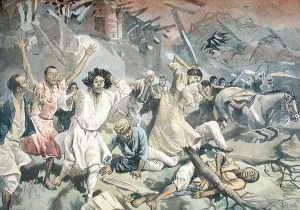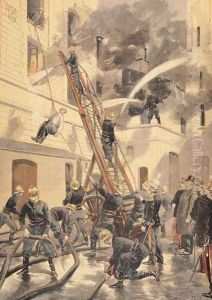Oswaldo Tofani Paintings
Oswaldo Tofani was an Italian painter and illustrator, born in Florence in 1849. His artistic career began in Italy where he initially developed his skills, but he later moved to Paris, which was a hub for artists and intellectuals during the late 19th century. Tofani was known for his genre paintings, which often depicted everyday life scenes with a particular focus on the depiction of historical costumes and interiors, showing a keen interest in accuracy and detail.
In Paris, Tofani became associated with the artistic circles and was influenced by the French school of painting, which is reflected in his technique and themes. He was also a prolific illustrator, contributing to various publications and books, which was a popular form of art during his time due to the rise of print media.
During his lifetime, Tofani exhibited his work at the Paris Salon, an official art exhibition of the Académie des Beaux-Arts in Paris, which was the greatest formal art event in the Western world at the time. His works were well received, and he gained a reputation for his historical genre scenes, which were popular with the public and art collectors.
Despite being less well-known today compared to some of his contemporaries, Tofani's work provides valuable insight into the social and historical context of the period he depicted. His illustrations remain significant as historical documents of the era's aesthetic and cultural trends.
Oswaldo Tofani passed away in 1915, leaving behind a body of work that continues to be studied and appreciated by art historians and enthusiasts for its contribution to the genre painting and illustration of the late 19th and early 20th centuries.
